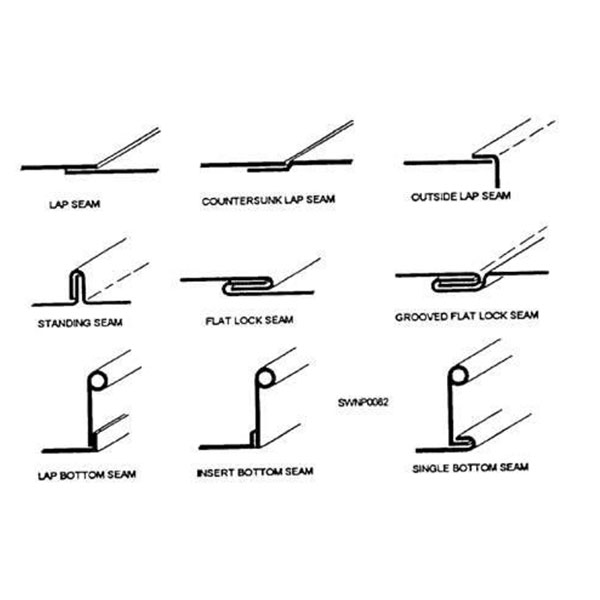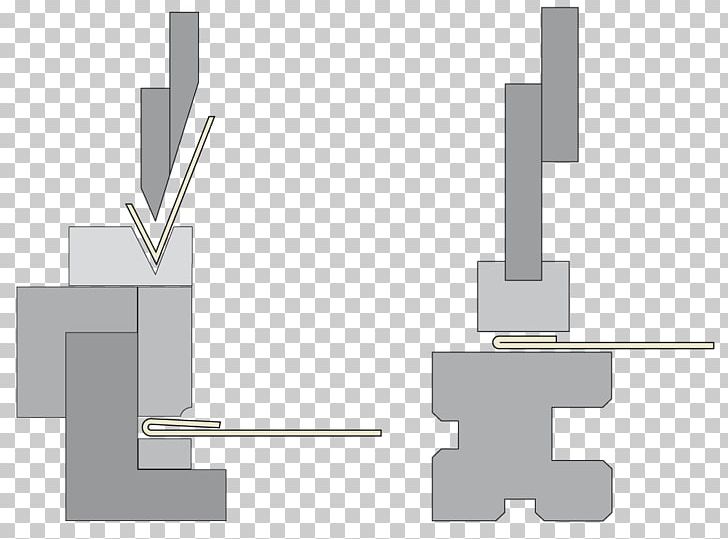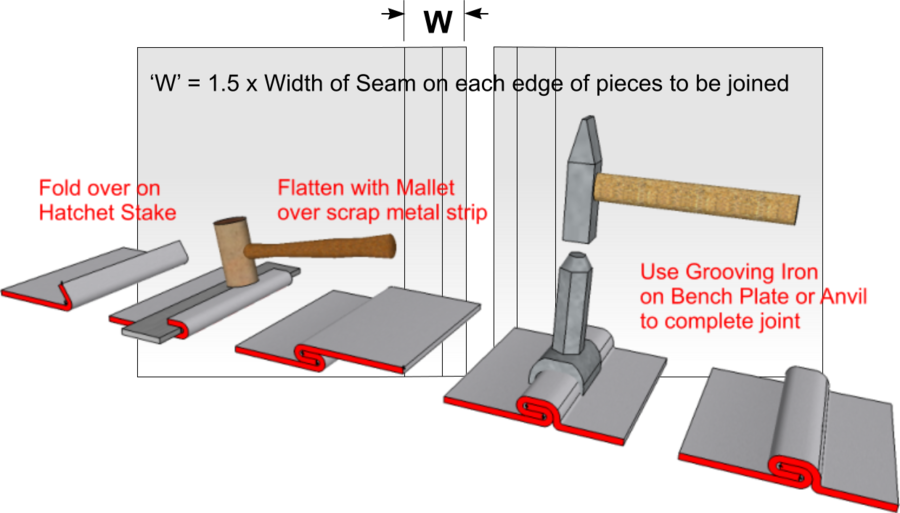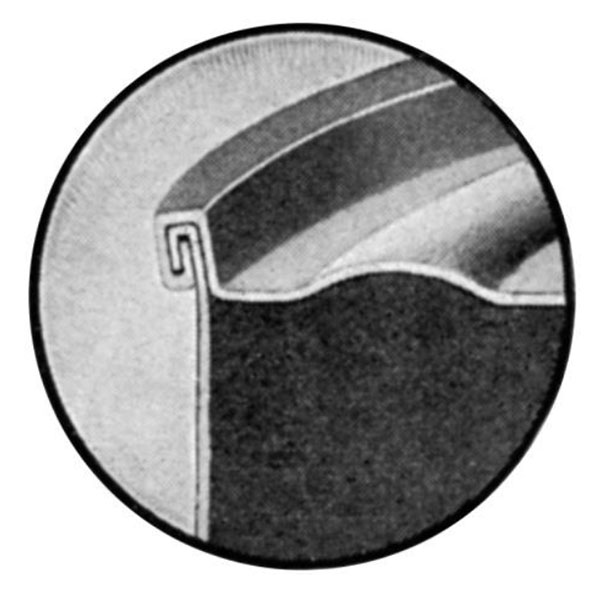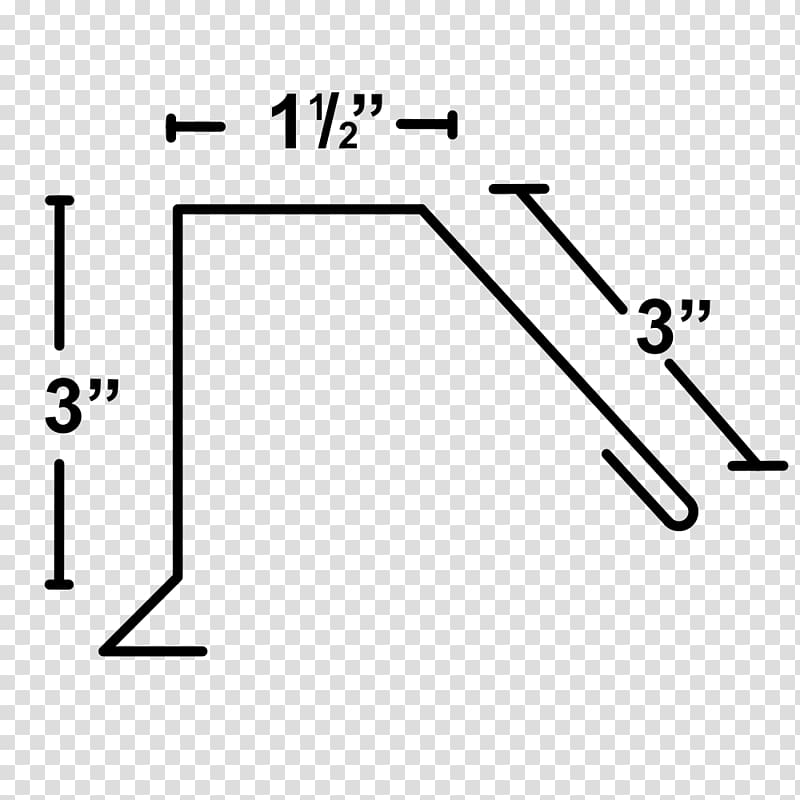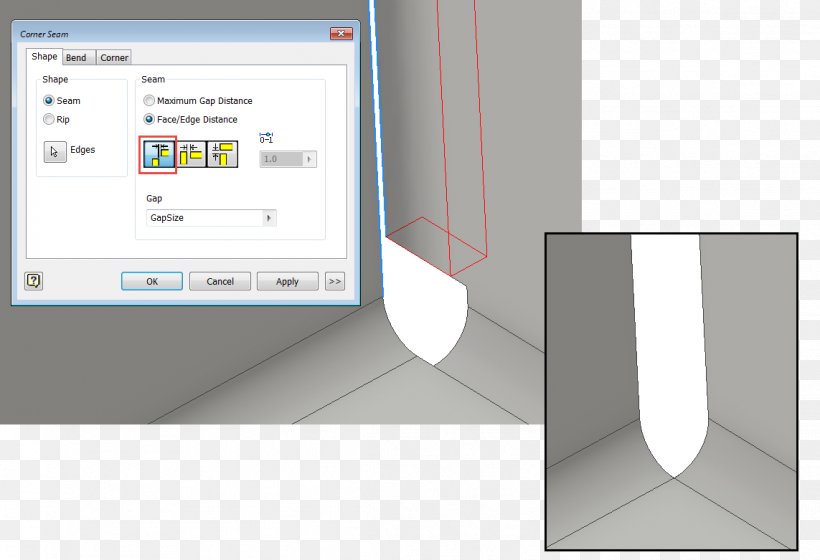Seaming In Sheet Metal
Seaming In Sheet Metal - Web hemming and seaming are two similar metalworking processes in which a sheet metal edge is rolled over onto itself. Web a seam is used to connect two metal parts by interlocking the edges of the folded sheet metal parts. Web seams run parallel to the air flow, while joints are perpendicular to the air flow. The resulting shape may even form a seal that isolates one side of the sheets from the other. Hemming is the process in which the edge is rolled flush to itself, while a seam joins. The seams hold together the duct or section of a single fitting as opposed to a joint that connects two separate pieces. Some common design choices for sheet metal joints are based on usage and seam characteristics. Web from the outside, you may only see a seam, bump, or nothing at all.
Some common design choices for sheet metal joints are based on usage and seam characteristics. Web a seam is used to connect two metal parts by interlocking the edges of the folded sheet metal parts. Web from the outside, you may only see a seam, bump, or nothing at all. Hemming is the process in which the edge is rolled flush to itself, while a seam joins. The seams hold together the duct or section of a single fitting as opposed to a joint that connects two separate pieces. Web seams run parallel to the air flow, while joints are perpendicular to the air flow. Web hemming and seaming are two similar metalworking processes in which a sheet metal edge is rolled over onto itself. The resulting shape may even form a seal that isolates one side of the sheets from the other.
Hemming is the process in which the edge is rolled flush to itself, while a seam joins. Web a seam is used to connect two metal parts by interlocking the edges of the folded sheet metal parts. The resulting shape may even form a seal that isolates one side of the sheets from the other. Some common design choices for sheet metal joints are based on usage and seam characteristics. The seams hold together the duct or section of a single fitting as opposed to a joint that connects two separate pieces. Web from the outside, you may only see a seam, bump, or nothing at all. Web seams run parallel to the air flow, while joints are perpendicular to the air flow. Web hemming and seaming are two similar metalworking processes in which a sheet metal edge is rolled over onto itself.
D'source Hemming and Seaming Sheet Metal Joinery D'Source Digital
Web hemming and seaming are two similar metalworking processes in which a sheet metal edge is rolled over onto itself. Web from the outside, you may only see a seam, bump, or nothing at all. The resulting shape may even form a seal that isolates one side of the sheets from the other. Hemming is the process in which the.
Bending Press Brake Hemming And Seaming Sheet Metal PNG, Clipart, Amada
Web a seam is used to connect two metal parts by interlocking the edges of the folded sheet metal parts. Web seams run parallel to the air flow, while joints are perpendicular to the air flow. Hemming is the process in which the edge is rolled flush to itself, while a seam joins. Some common design choices for sheet metal.
Bending Press brake Hemming and seaming Sheet metal, others transparent
Web seams run parallel to the air flow, while joints are perpendicular to the air flow. The seams hold together the duct or section of a single fitting as opposed to a joint that connects two separate pieces. Web a seam is used to connect two metal parts by interlocking the edges of the folded sheet metal parts. Web hemming.
Standing Seam Aluminum Metal Roofing Sheets Buy standing seam metal
Some common design choices for sheet metal joints are based on usage and seam characteristics. Web seams run parallel to the air flow, while joints are perpendicular to the air flow. Hemming is the process in which the edge is rolled flush to itself, while a seam joins. Web hemming and seaming are two similar metalworking processes in which a.
Grooved Seam Joint DT Online
The resulting shape may even form a seal that isolates one side of the sheets from the other. Web from the outside, you may only see a seam, bump, or nothing at all. Web seams run parallel to the air flow, while joints are perpendicular to the air flow. The seams hold together the duct or section of a single.
Sheet Metal Seams MEP Academy
Web a seam is used to connect two metal parts by interlocking the edges of the folded sheet metal parts. Hemming is the process in which the edge is rolled flush to itself, while a seam joins. Web from the outside, you may only see a seam, bump, or nothing at all. Web seams run parallel to the air flow,.
D'source Hemming and Seaming Sheet Metal Joinery D'Source Digital
The resulting shape may even form a seal that isolates one side of the sheets from the other. Web hemming and seaming are two similar metalworking processes in which a sheet metal edge is rolled over onto itself. Web seams run parallel to the air flow, while joints are perpendicular to the air flow. Hemming is the process in which.
Bannister Custom Exteriors, Roofing & Siding Hemming and seaming Sheet
Web a seam is used to connect two metal parts by interlocking the edges of the folded sheet metal parts. Hemming is the process in which the edge is rolled flush to itself, while a seam joins. Web seams run parallel to the air flow, while joints are perpendicular to the air flow. The seams hold together the duct or.
Autodesk Inventor Hemming And Seaming Sheet Metal Computer Software
Hemming is the process in which the edge is rolled flush to itself, while a seam joins. Some common design choices for sheet metal joints are based on usage and seam characteristics. Web from the outside, you may only see a seam, bump, or nothing at all. Web hemming and seaming are two similar metalworking processes in which a sheet.
INCH Technical English pictorial seams & hems (sheet metal)
Web from the outside, you may only see a seam, bump, or nothing at all. The seams hold together the duct or section of a single fitting as opposed to a joint that connects two separate pieces. Web hemming and seaming are two similar metalworking processes in which a sheet metal edge is rolled over onto itself. Web seams run.
Web Seams Run Parallel To The Air Flow, While Joints Are Perpendicular To The Air Flow.
Web hemming and seaming are two similar metalworking processes in which a sheet metal edge is rolled over onto itself. Hemming is the process in which the edge is rolled flush to itself, while a seam joins. Web from the outside, you may only see a seam, bump, or nothing at all. The seams hold together the duct or section of a single fitting as opposed to a joint that connects two separate pieces.
The Resulting Shape May Even Form A Seal That Isolates One Side Of The Sheets From The Other.
Some common design choices for sheet metal joints are based on usage and seam characteristics. Web a seam is used to connect two metal parts by interlocking the edges of the folded sheet metal parts.
